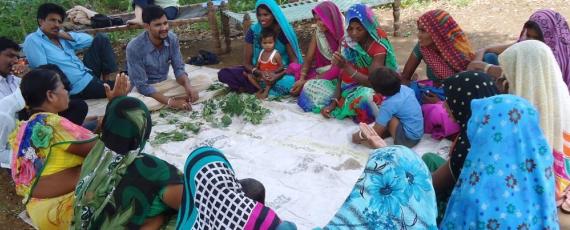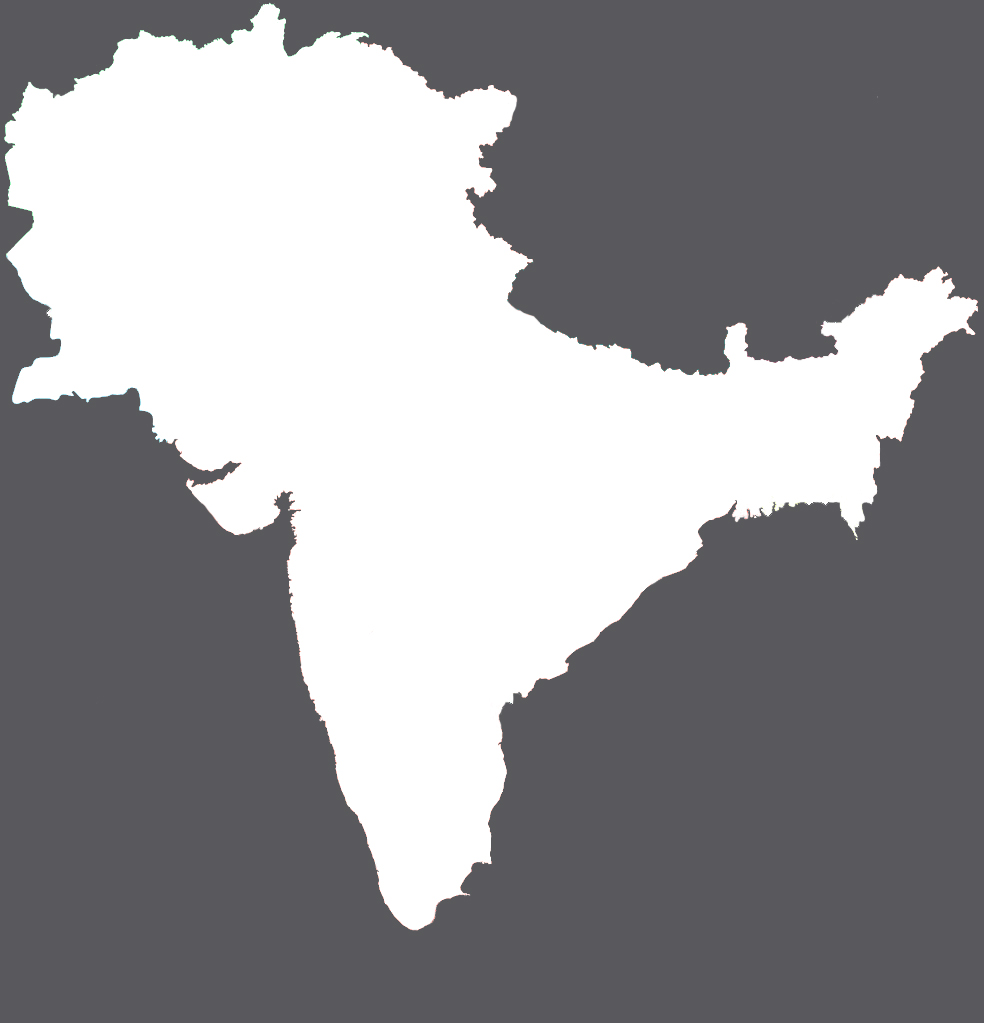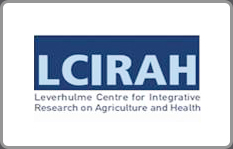Motivated by Gandhi’s diet story

Discovering the micronutrient richness of Luni leaves
Sometime in the year 2000, I read an article in Rajasthan Patrika newspaper about ‘Luni’ and about the different micronutrients and vitamins that are necessary for the human body. I was working as a Water Resources Specialists and naturally focused more on water availability and utilisation efficiencies, thus paying little attention to the news article.
A decade later, I chanced upon the same news article and this time read it with much interest finding in it a fascinating association with Mahatma Gandhi – the father of our nation India.
The story goes like this: Gandhi while reviewing increasing food expenses at his Wardha Ashram (Maharashtra) and wanting to cut-back on costs, asked if there were cheaper vegetables. An ashram resident brought some Luni leaves that were growing wild, cooked them for Gandji, and soon it became part of Gandhi’s daily diet.
The story left an impression on me and I began research on Luni and its health benefits. I discovered the plants botanical name - Pourtlaca Olerecia (commonly known as Purslane). Further search reflected that Mahatma Gandhi had actually recommended the plant to several people. In his magazine Harijan, he wrote about "the nourishing properties of the innumerable leaves that are found hidden among the grasses that grow wild in India."
Portulaca Olerecia (Luni) richness
Found along road sides, or drains, sometime near water tanks and even growing along other farm plants, Portulaca Olerecia is rich in nutrients that is excellent for human health. Few people eat Purslane (Luni), many don’t even know that the plant is edible.
Vitamin A and Vitamin C, also B Vitamins such as riboflavin, pyridoxine, folate and niacin are found in Luni. The plant contains carotenoids as well as minerals like iron, magnesium and calcium and is also loaded with two betalain alkaloid pigments that are powerful antioxidants. It is an extremely low-calorie food with full dietary fiber, and the leaves possess more omega-3 fatty acids (a-linolenic acid) than any other leafy vegetable plant for improved heart health and brain power.
An American expert on wild foods - Euell Gibbons, has labeled the plant - "India's gift to the world." However, there seems to exist a stigma around eating Luni!
Village communities in Wardha, Maharashtra, consider the plant a “wild weed” and a “poor person’s food.” Funded by LANSA’s Responsive Window Research Call, Vaagdhara attempted to reintroduce Luni to local villagers as an edible and nutritious plant. This was done under the guidance of M S Swaminathan Research Foundation, India and IDS, UK.
Photo credits: VAAGDHARA
What you need to know about Purslane
There are many varieties with variation in leaf size, thickness, colouration, and they have different names in different regions. It is a hardy herb that requires relatively less water and soil nutrients, and grows well in dry sunny climates. Leaves appear thick, contains a mucilaginous substance, and is slightly sour-salty in taste. Leaves and tender stems are edible; fresh, raw leaves can be used in salads, juices, soups and in curries.
NOTE: Purslane contains oxalic acid, a naturally-occurring substance found in some vegetables that may crystallise as oxalate stones in the urinary tract for some people. Those with known oxalate urinary tract stones are advised to avoid eating Purslane.
Friday, June 9, 2017








Add new comment